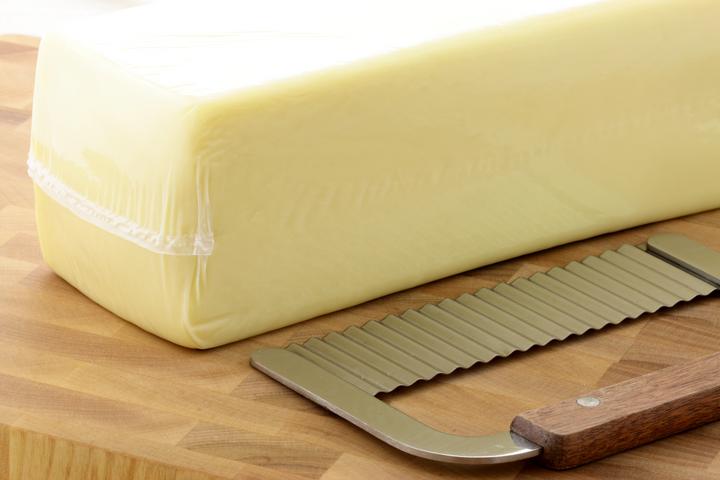According to CODEX STAN 262-2006, mozzarella is an unripened cheese. Its texture is composed of long parallel proteic fibers and no curd grains. It is a smooth product whose conditions of conservation inhibit the creation of a crust.
The first step of mozzarella manufacturing requires that milk should be pasteurised. Mozzarella is a fresh cheese, consumed without ripening. Milk must be pasteurised to ensure safety.
Mozzarella manufacturing generally happens with the “pasta filata” process:
- Heating, kneading and curd stretching to obtain of a smooth and lumpless product.
- Curd cutting and moulding while it is still hot.
- Cooling down of the product to give it a firmer texture.
Many functional and organoleptic properties
- Elasticity thanks to caseins
- Uniform melt thanks to a specific network protein/fat
- Browning (when heated), Maillard reaction between proteins and residual lactose
- Sweet taste
- Adds viscosity (when melted)
Mozzarella is used in many food preparations
- Ready-cooked dishes: italian meals (lasagna) and pizzas (it forms the melted stuffing)
- Soups and sauces: melted mozzarella gives texture.

